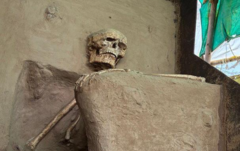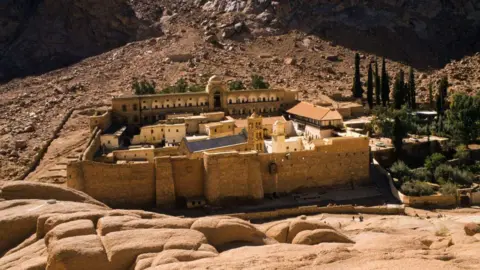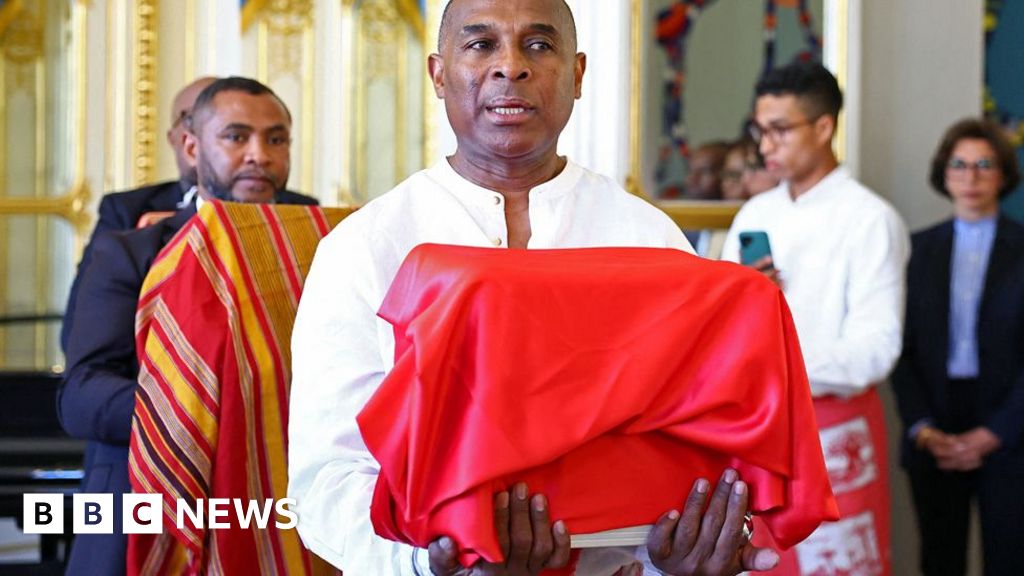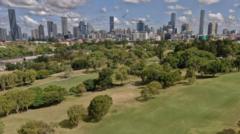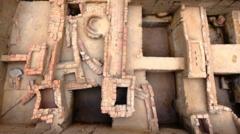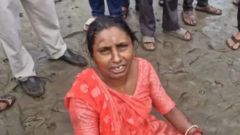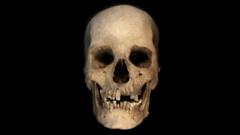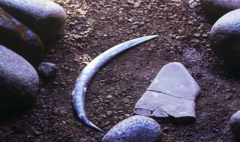The skeleton, discovered in Vadnagar, has remained at the center of a perplexing administrative tug-of-war. The team, from the Archaeological Survey of India (ASI), initially uncovered the well-preserved remains seated cross-legged, a posture reflecting significant historical and cultural practices of the time. Dr. Ambekar emphasized the skeletal find’s immense importance for understanding the mysteries of Indian ancestry and heritage.
Despite the skeletal remains being among 9,000 artefacts excavated from Vadnagar and planned for distribution to local museums, it has yet to receive recognition. The Gujarat government contends that the skeleton is still under the ASI’s jurisdiction, causing confusion and stagnation regarding its storage and display. Pankaj Sharma, director of the state’s Directorate of Archaeology and Museums, indicated that proper processes were not adhered to in-place acceptance into the museum, creating further hurdles.
The skeleton's current resting place in a protective tarpaulin shelter stands in stark contrast to the newly opened Archaeological Experiential Museum nearby. While boasting extensive exhibitions celebrating the town's 2,500-year history, it omits the most compelling artefact, fueling locals’ frustrations over bureaucratic inefficiency.
Vadnagar's rich historical significance is enhanced by past excavations revealing ancient Buddhist monasteries, inscriptions, and cultural artifacts dating back over two millennia. The skeleton’s origins and lifestyle remain an area for further investigation, as is the practice of “samadhi burials,” which the skeleton may represent. Researchers aim to conduct comprehensive analyses on its DNA and excavation grid to glean more profound insights.
Although the arduous excavation process, which took two months, was successfully conducted without damaging the skeleton, its exposure to the elements raises grave concerns among the local community about its preservation. Residents express their pride in their heritage while lamenting the treatment of such a significant archaeological find, emphasizing that unless the red tape is cut through, the skeleton might be forever left unacknowledged in the community it hails from.
Call for community action is echoed among locals, who believe that the skeleton could attract international attention to Vadnagar and provide a substantial boost to tourism, should it be granted the respect and recognition it deserves.
As discussions persist, hopes linger for the skeleton's timely transfer to a museum equipped to safeguard it from the natural elements and maintain its historical significance for future generations.
Despite the skeletal remains being among 9,000 artefacts excavated from Vadnagar and planned for distribution to local museums, it has yet to receive recognition. The Gujarat government contends that the skeleton is still under the ASI’s jurisdiction, causing confusion and stagnation regarding its storage and display. Pankaj Sharma, director of the state’s Directorate of Archaeology and Museums, indicated that proper processes were not adhered to in-place acceptance into the museum, creating further hurdles.
The skeleton's current resting place in a protective tarpaulin shelter stands in stark contrast to the newly opened Archaeological Experiential Museum nearby. While boasting extensive exhibitions celebrating the town's 2,500-year history, it omits the most compelling artefact, fueling locals’ frustrations over bureaucratic inefficiency.
Vadnagar's rich historical significance is enhanced by past excavations revealing ancient Buddhist monasteries, inscriptions, and cultural artifacts dating back over two millennia. The skeleton’s origins and lifestyle remain an area for further investigation, as is the practice of “samadhi burials,” which the skeleton may represent. Researchers aim to conduct comprehensive analyses on its DNA and excavation grid to glean more profound insights.
Although the arduous excavation process, which took two months, was successfully conducted without damaging the skeleton, its exposure to the elements raises grave concerns among the local community about its preservation. Residents express their pride in their heritage while lamenting the treatment of such a significant archaeological find, emphasizing that unless the red tape is cut through, the skeleton might be forever left unacknowledged in the community it hails from.
Call for community action is echoed among locals, who believe that the skeleton could attract international attention to Vadnagar and provide a substantial boost to tourism, should it be granted the respect and recognition it deserves.
As discussions persist, hopes linger for the skeleton's timely transfer to a museum equipped to safeguard it from the natural elements and maintain its historical significance for future generations.

